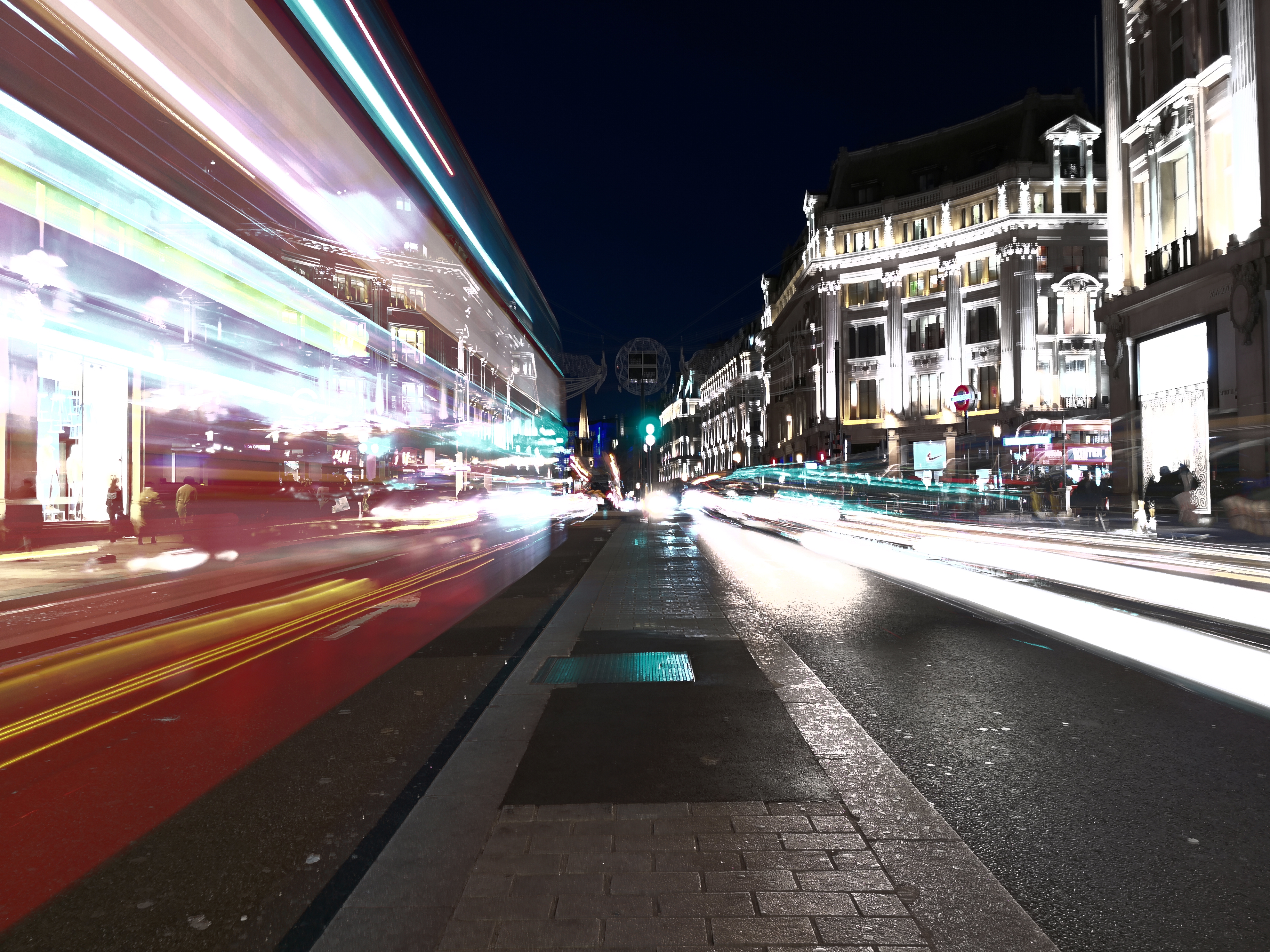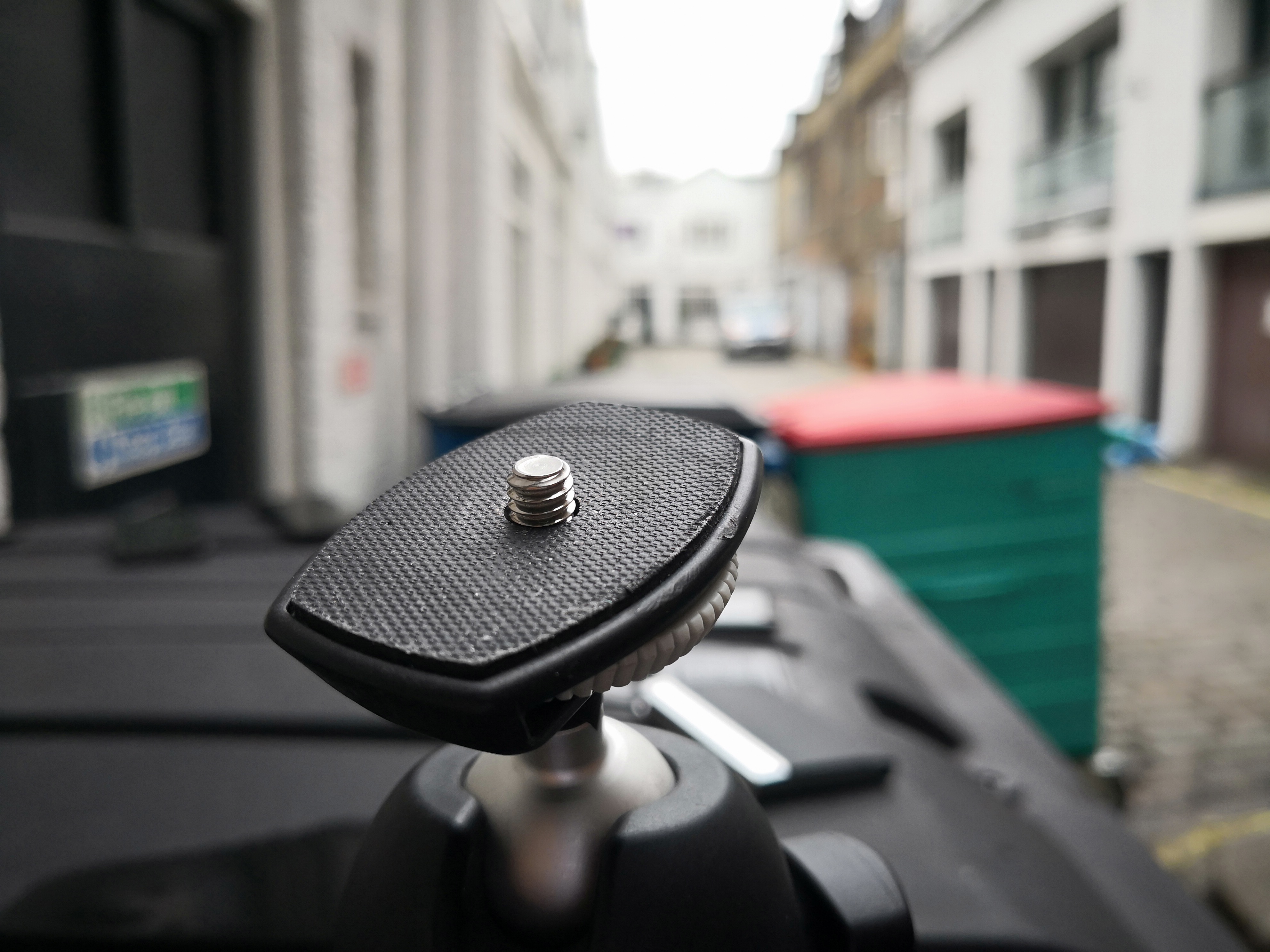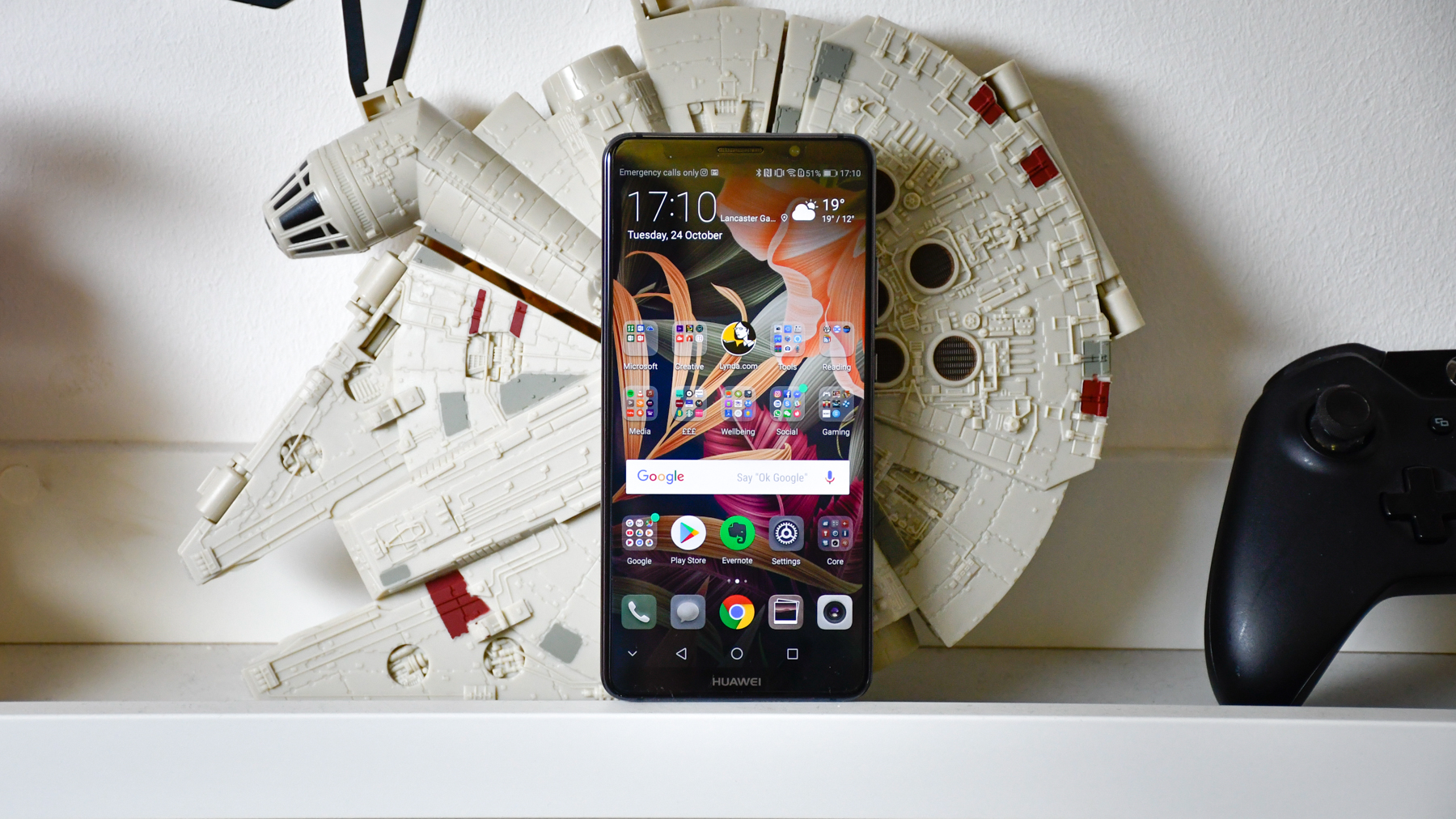Why you can trust TechRadar
Battery life
- Big 4,000mAh battery
- Lasts a long time and charges fast
With 4,000mAh of battery inside the Mate 10 Pro, it has a larger capacity cell than any of its main competitors in the US, UK and Australia.
Now, a lot impacts battery longevity aside from milliamp hours. These influencers range from the chipset through to software optimization and even rogue third-party background applications.
Early reports on the Mate 10 Pro battery were pretty damning in fact, stating that it struggled to make it through a day.
A quick to respond Huawei however issued a software update a mere 24 hours after the device was launched, resulting in what can only be described as a night and day difference, endowing the Mate 10 Pro with nothing short of class-leading battery life.
Screen on-time is excellent here. Even with occasional gaming, film watching, hotspotting and Tinder swiping, the phone lasts a very comfortable day.
Meanwhile, if you’re a light to moderate user more focused on occasional emails and news updates, turning your phone off while you sleep, there’s every chance you will be able to stretch the Mate 10 Pro through a full second day - and that’s without exploring the power saving modes made available by Huawei.
This is unheard of in the current flagship climate, with the iPhone 8 Plus, Note 8 and Google Pixel 2 XL all capping out at a full day, making battery life one of the Mate 10 Pro’s biggest strengths.
In our battery tests involving continuous HD video playback at full brightness with WiFi connected, the Huawei Mate 10 Pro lost just 9% of battery after 90 minutes, ranking it above any other flagship smartphone currently available (Galaxy S8 Plus lost 11%, LG V30 13%, Galaxy S8 lost 23%, iPhone 8 Plus 23%).
This isn't surprising when you consider the 4,000mAh battery inside is the biggest of the bunch - but there's more to good battery performance than capacity, so it's reassuring to know real world results are in line with the phone's specs.
This excellent battery life is also paired with fast charging capabilities, thanks to Huawei’s proprietary Super Charge technology. This means half an hour of charge will get you over 50% powered up, once again, keeping the Mate 10 Pro nice and competitive.
Camera
- A good point and shoot camera
- An excellent enthusiast snapper
There are two camera modules around the back of the Mate 10 Pro, one with a 12MP color (RGB) sensor and optical image stabilization (OIS), the other with a 20MP black and white (monochrome) sensor and no OIS.
If you’re wondering where the new Mate improves over its predecessor, it’s in the f/1.6 aperture lenses across both cameras.
This gives the Mate 10 series the accolade of widest combined apertures across all dual camera smartphones, thereby suggesting low-light performance is where it should shine.
Fortunately for Huawei, reality checks out, with the Mate 10 Pro balancing image processing and detail in middling to low light very well. While there’s some grain, the Mate 10 Pro avoids the mottled look as found on the over-processed LG G6 camera.
In addition, white balance is accurate and general low-light results are just a smidgen less impressive than the Samsung Galaxy Note 8.
As for good light, unlike most camera phones, this is actually the area the Mate 10 Pro is weakest in comparison to the competition. While focus and color accuracy are excellent, a tendency to overexpose shots slightly and worse dynamic range than the likes of the Google Pixel 2 XL mean it falls just behind the front runners.
Despite this, detail is good in macro shots. So too is focus, with a multitude of focus types - laser AF, phase detection AF, depth perception to name a few - coming together to help the Mate 10 Pro rank amongst the fastest locking on and picture taking around.
Overall, the Mate 10 Pro isn’t the best automatic camera around, though there are many, many hidden depths to its camera capabilities.

Pictures are taken at a default resolution of 12MP and the phone also supports a new ‘AI zoom’ feature to produce some of the best digital zooms around, even beating out the iPhone 8 Plus’s optical zoom in certain lighting conditions.
It also shoots native monochrome which improves its low light capabilities and dynamic range significantly.
Loaded up with a wide-aperture mode to rival the Portrait modes on the iPhone 8 Plus, Pixel 2 and Samsung Galaxy Note 8, the Mate 10 Pro’s ‘Aperture mode’ offers a host of benefits over the competition. For starters, it enables bokeh effects with the widest angle of view - so you can fit multiple subjects in frame with ease.
In addition, once the shot is taken, you can then refocus on a different element within it. It also works just as well on random objects as it does with faces, which is handy.
This flexibility however comes at a price - slightly less clean bokeh around the hair and ears when blurring out the background than the rest of the pack.
Additional shooting modes are too abundant to list exhaustively, but highlights include full manual photography, from 30-second manual shutter speeds through to manual video up to 4K resolution.

Semi-automatic modes are also standout - with an intelligent night mode that composites instances of a scene to create eerily dynamic shots through to a range of light painting modes that prevent blown out elements within your light trail. In short, if you’re a fan of tinkering, you will likely love the Mate 10 Pro.
As for the front camera, it’s competitive across the board, with great electronic stabilization, 8MP stills resolution and 1080p video capabilities complete with live beautification - which actually works really well.
Hauwei Mate 10 Pro camera samples







Current page: Battery life and camera
Prev Page Introduction, key features and design Next Page Anything else I should know?Basil Kronfli is the Head of content at Make Honey and freelance technology journalist. He is an experienced writer and producer and is skilled in video production, and runs the technology YouTube channel TechEdit.

